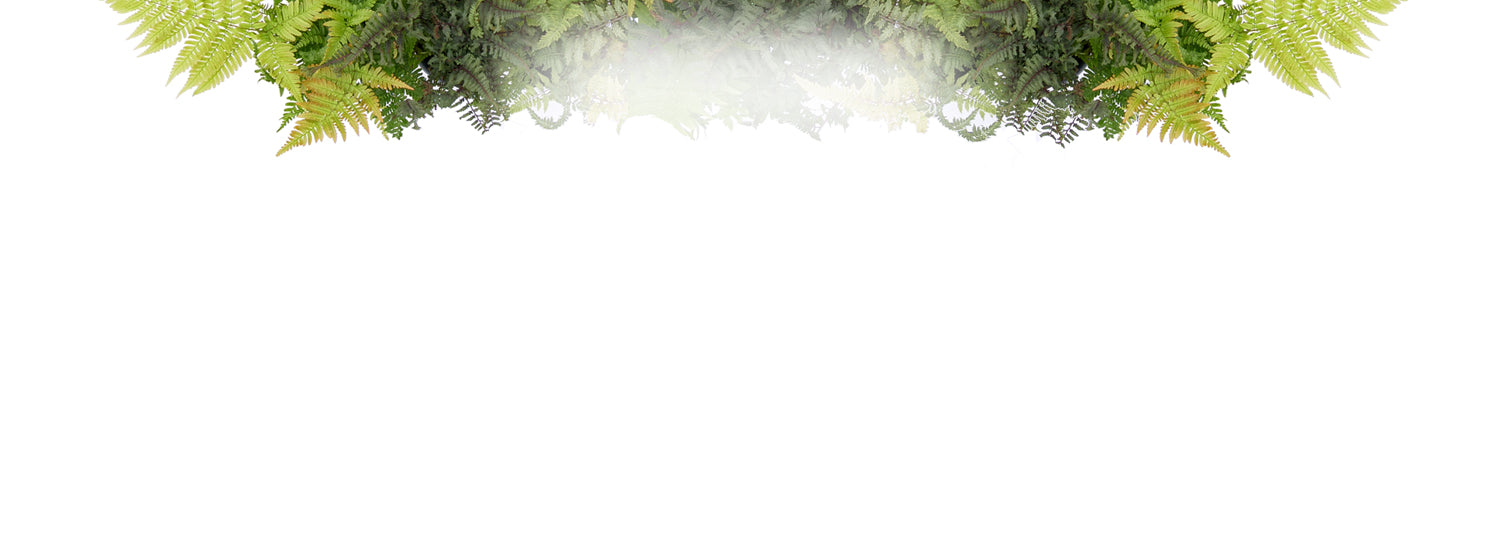Description
Plant spacing is based on the ultimate width of the plants. This figure is normally given as a range; for example, 3-5’. If you live in a cold climate and/or want plants to fill in more quickly, plan to space at the shorter end of the range. If you live in a warm climate, are on a limited budget, or are willing to wait longer for plants to touch, use the higher end of the range. Using the larger number is recommended when calculating distance from a building or structure. There’s really no such thing as "maximum spacing": if you don’t want your plants to touch, you can space them as far apart as you’d like. All plant spacing is calculated on center, or in other words, the centers of the plants are spaced one half of their eventual width apart:

Unless you are planting in a straight line, as you might for hedges or edging, space your plants in a staggered or zig-zag pattern for a more interesting and naturalistic look:

Hand-picked at our greenhouse
Shipped to your door
Arrives as young plant
Great garden tip: be patient in spring! They're a bit slow to rise in spring but arrive just in time to fill in around dying spring bulbs.
One of the unique features of Japanese anemones is their ability to flower well into the autumn season, showing off vibrant, colorful displays. Aside from the stunning fall color, the Japanese anemone is a deer-resistant, adaptable pollinator magnet. Here, we’ll dig into how to grow this garden gem yourself.
Great plants and customer service
My 3 plants were packaged with care and were in great shape when they arrived. I followed the directions, and they are happily adjusting in our flower bed. Looking forward to buying more next year! Thank you
Extremely full and beautiful in second year.
Died within a week
'Curtain Call Deep Rose' Japanese Anemone
We will notify you on events like Low stock, Restock, Price drop or general reminders so that you don’t miss the deal



